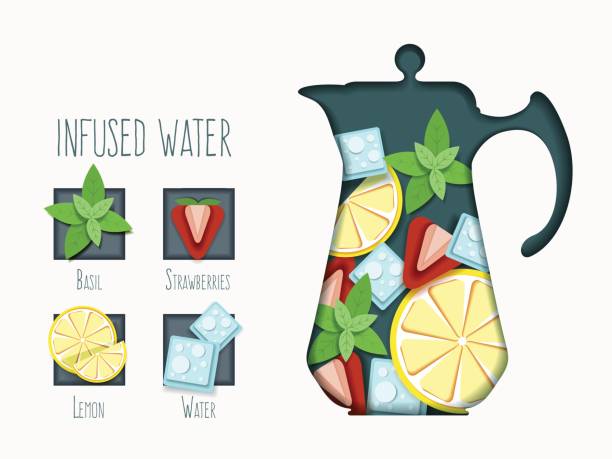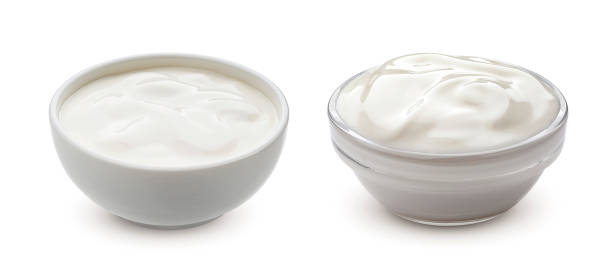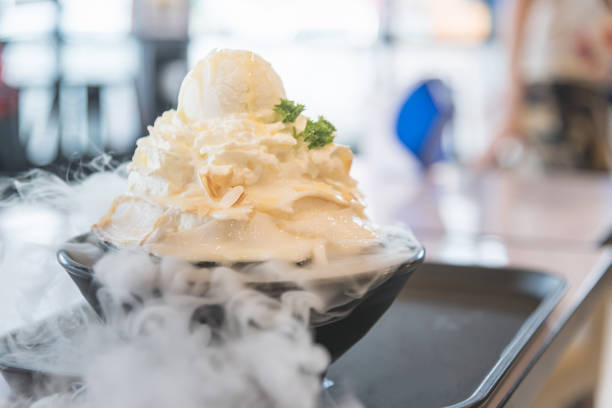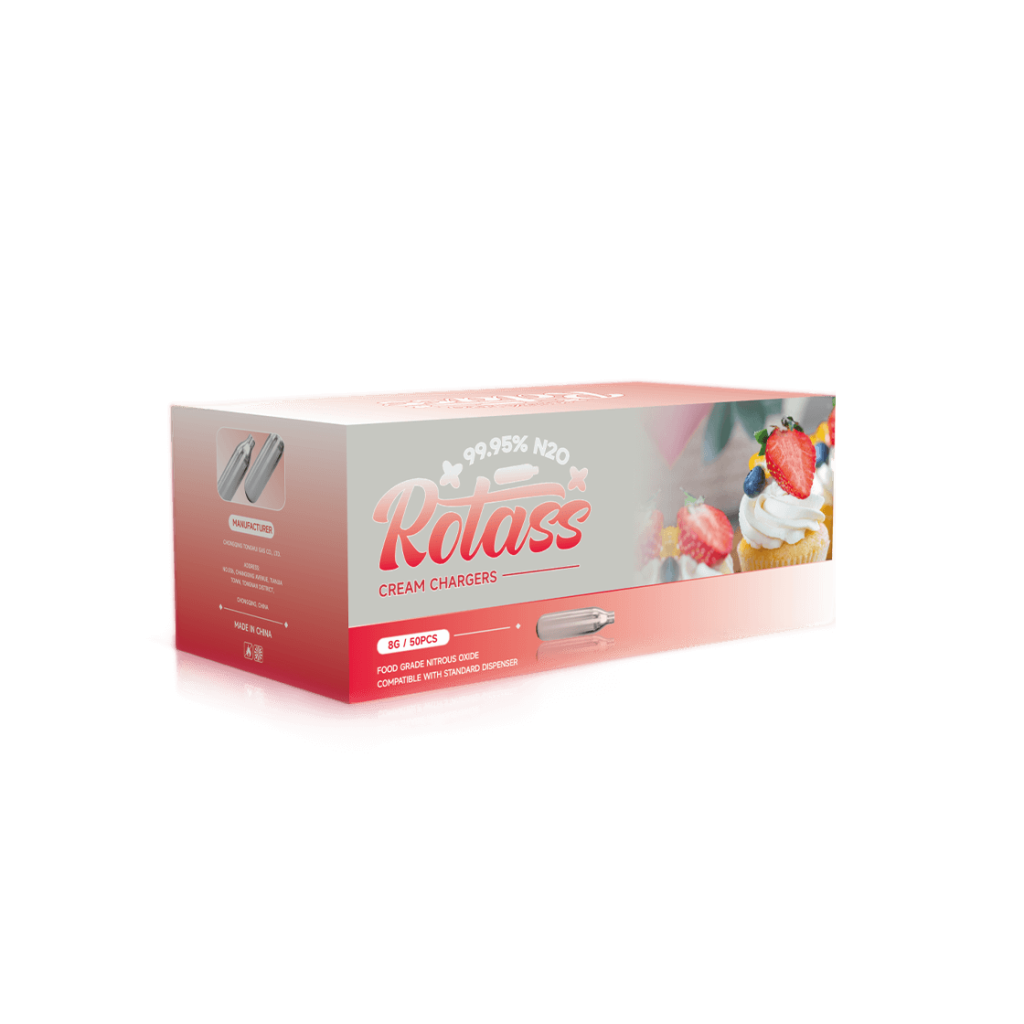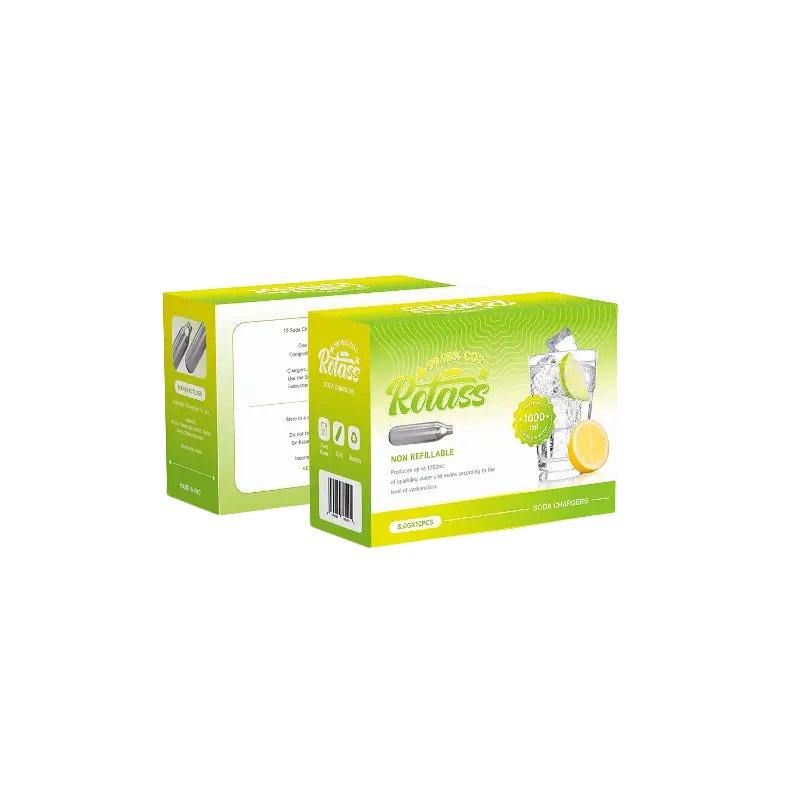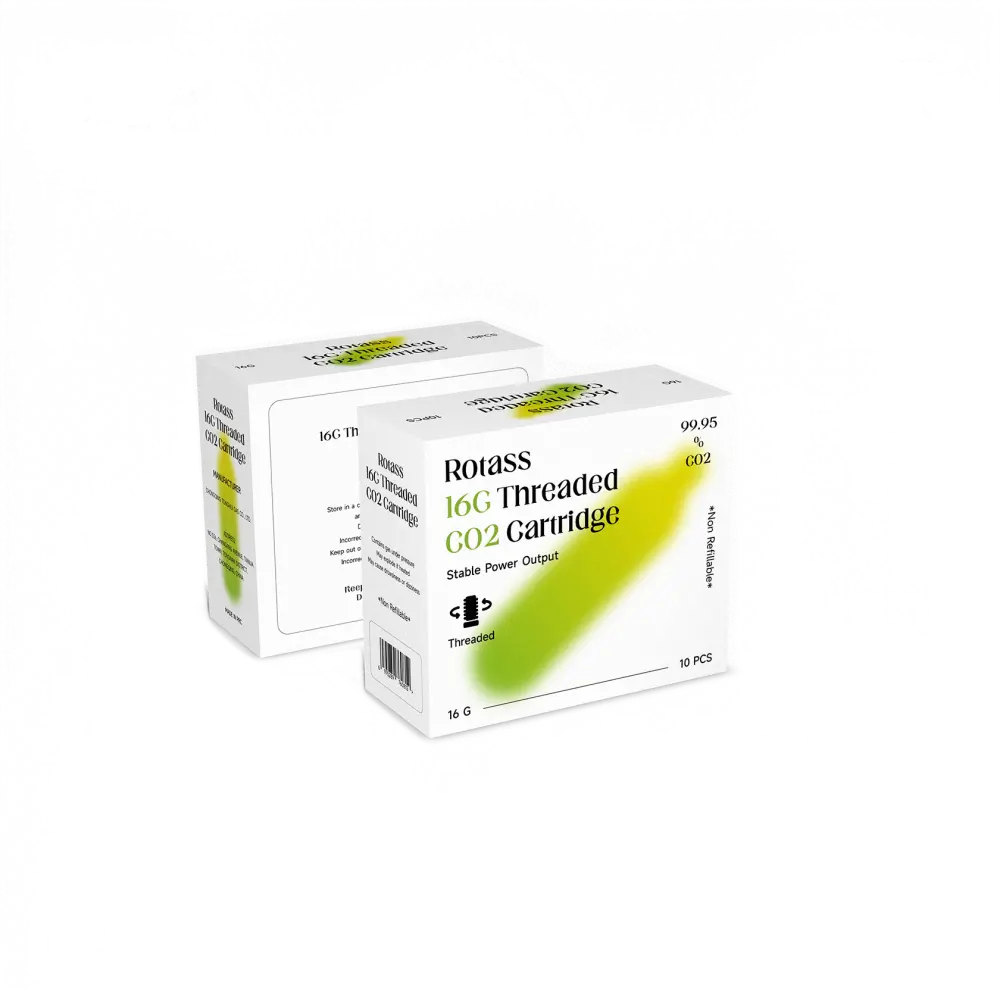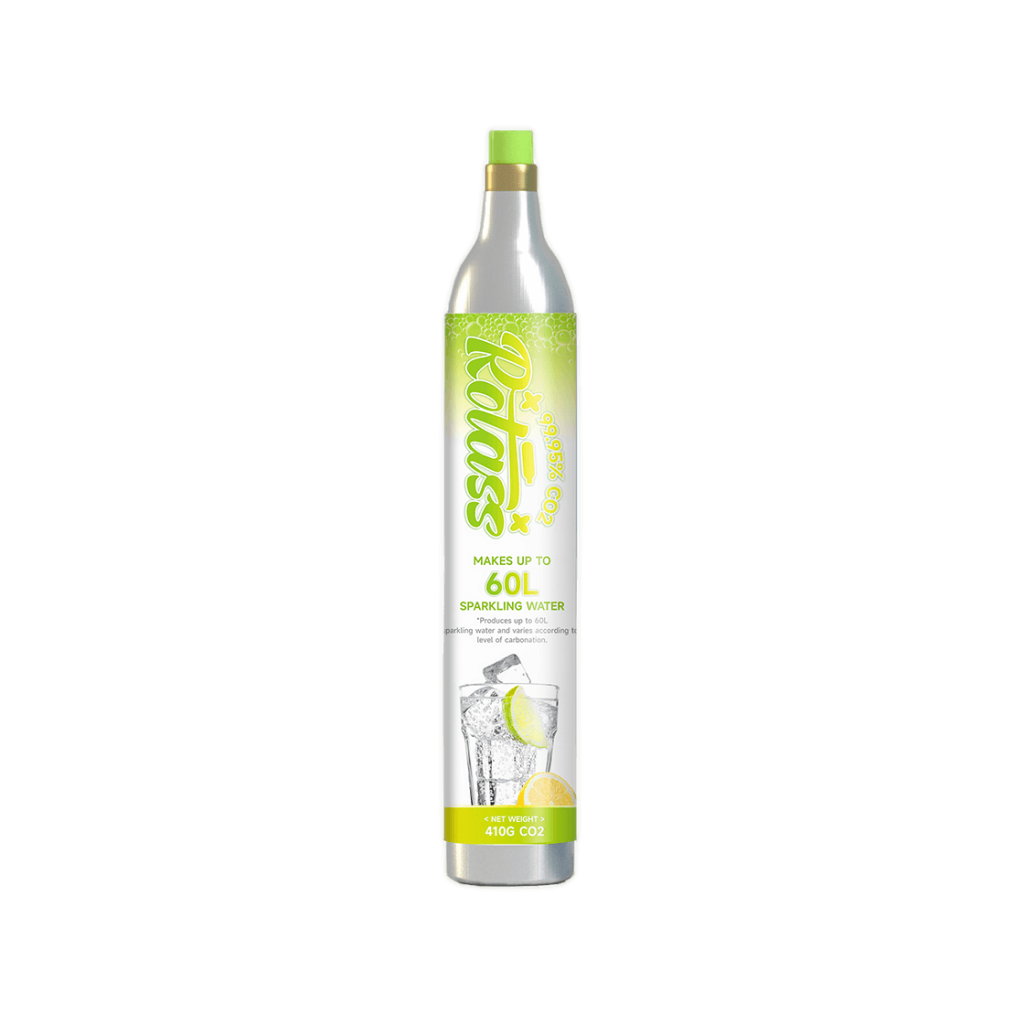2025 / 05 / 22
Competitors of N2O Cylinders: Will CO2 and Argon threaten the position of N2O in foaming applications?
Table of Contents
In the fields of food and beverage processing and catering services, nitrous oxide (N2O) has been the preferred gas for decades due to its unique physical properties in applications such as cream foaming, coffee thickening, and molecular gastronomy. However, with increasingly strict environmental protection regulations and the continuous rise in cost pressure, new gases such as carbon dioxide and argon have begun to appear in the market. Faced with such a trend, can N2O continue to maintain its dominant position in the foaming market? This article will analyze from three dimensions: technical performance, economic and environmental friendliness, and the current status of practical application, providing valuable references for practitioners.
Technical performance comparison: Whose foaming effect is better?
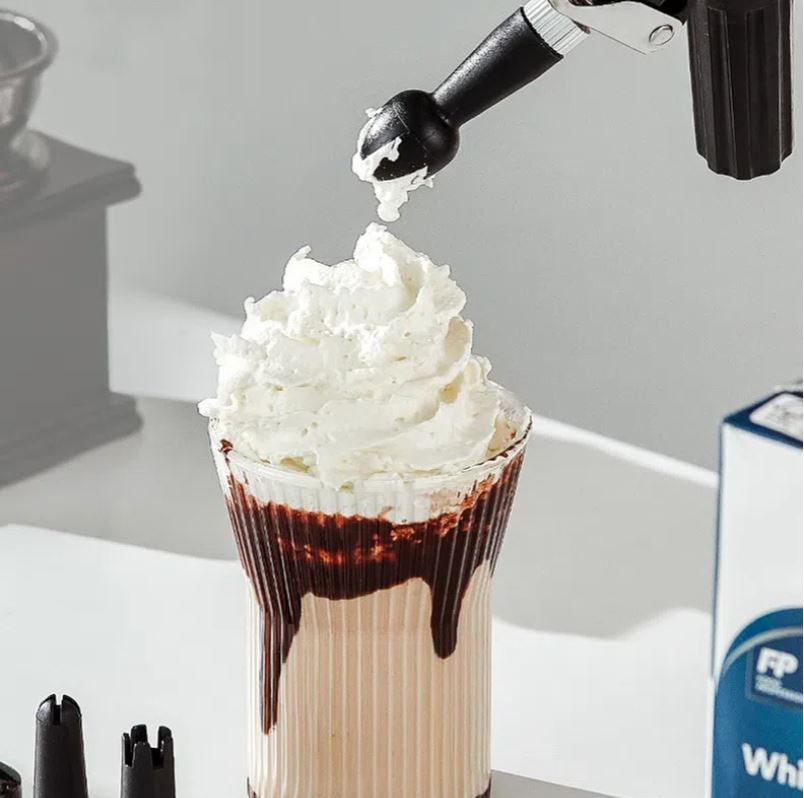
Foaming quality
N2O:
In the field of foaming agents, N2O serves as the standard. The N2O in N2O cylinders has extremely high solubility and diffusibility. This characteristic is particularly prominent in the cream beating process – it can quickly penetrate fat molecules and promote the formation of a uniform and fine bubble structure in the cream. Therefore, it is particularly suitable for making desserts that require a delicate texture. At the same time, in the coffee thickening scenario, N₂O can bring a unique silky texture that other gases cannot match.
Limitations: Requires high-pressure storage in specialized N2O cylinders and dedicated equipment.
CO2:
CO2, as the most economical alternative, has mature applications in the field of carbonated beverages. Its foaming principle is to create a bubble-like sensation by forming carbonic acid, and this characteristic is particularly outstanding in carbonated beverages such as beer and soda water.
Limitations: When dissolving, carbonic acid is produced, resulting in an acidic taste, which is not suitable for desserts (for example, cream will turn sour).
Argon:
As an inert gas, the greatest advantage of Argon lies in its complete chemical inertness. It does not react with food ingredients in any way and can preserve the original flavor of the ingredients to the greatest extent. This characteristic is highly regarded in high-end molecular gastronomy.
Limitations: Low gas solubility, poor foam durability, and longer stirring time is required.
Conclusion: In terms of foaming quality, operational convenience and application scope, N2O still holds an absolute advantage in taste and foam stability, while CO2 and Argon are currently only suitable for specific scenarios.
Economic and Environmental Analysis: Which Is More Cost-effective?
Cost comparison
N2O: Using N2O cylinders requires a higher initial investment, but is more cost-effective in large-scale production. This is because of its high foaming efficiency, which actually has cost advantages in high-frequency usage scenarios such as commercial kitchens.
CO2: Although it is the cheapest, its application is limited due to its taste issue (currently only suitable for beverages such as sparkling water and beer), and its overall benefits are not outstanding.
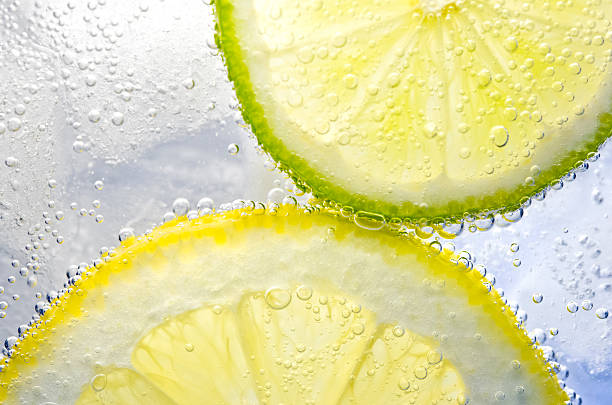
Argon: Due to its high extraction difficulty and procurement cost, it is the most expensive among the three and requires dedicated equipment. Currently, it is mainly used in high-end catering experiments on the market.
Environmental impact
N2O: N2O is a potent greenhouse gas with a higher global warming potential than CO2. Under the trend of increasingly strict environmental protection regulations, the use of N2O may be subject to more restrictions.
CO2: As a greenhouse gas, the application of CO2 in foaming is a form of resource recycling and utilization. In the supercritical foaming molding process, CO2 can reduce the pollution of traditional foaming agents to the environment and meet the current environmental protection requirements.
Argon: An inert gas that has no direct impact on the environment. However, due to its high energy consumption and high cost in the production process, from the comprehensive perspective of environmental protection and economy, its promotion is rather difficult.
Conclusion: Environmental protection pressure does indeed create development opportunities for alternative gases. However, judging from the current technological maturity and economic feasibility, it is not yet possible to fully replace N2O. More time is needed for technological innovation and industrial upgrading.
Current status of industry applications: Who is attempting to replace N2O?
The current market shows obvious stratification characteristics:
Traditional field adherent: Over 80% of professional dessert shops still use N2O as the core foaming agent, especially in the chain operation scenarios where stable quality is required.
Innovative experimenter: Approximately 15% of cocktail bars have begun to explore new applications of CO2, such as creating cocktail foams with special flavors, but have yet to achieve economies of scale.
High-end Explorers: A few Michelin-starred restaurants are experimenting with innovative applications of Argon, combining it with technologies such as liquid nitrogen to create unique dining experiences.
The 2023 catering industry report shows:
80% of dessert shops still rely on N2O cylinders for consistent foaming performance
15% of bars use CO2 tanks instead of N2O cylinders for basic beverage applications
5% of high-end restaurants are experimenting with Argon, but the cost hinders its popularization.
Conclusion: Currently, N2O remains the mainstream in the market. Policy changes may accelerate the substitution process, but in the short term (1-3 years), N2O will still be the gold standard. CO2 and Argon are only competitive in specific scenarios (such as beverages and high-end cuisine).
Summary
In the field of foaming applications, N2O, CO2 and Argon each have their own characteristics. In the future, with breakthroughs in green chemical technology and the improvement of the circular economy model, the foaming agent market is likely to present a diversified development pattern. While alternatives are emerging, the industry’s dependence on N2O cylinders persists due to their unmatched performance.


